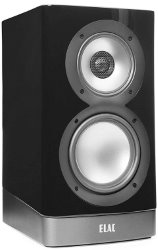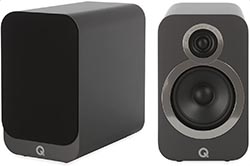ELAC ARB51 Navis vs. Q Acoustics 3020i
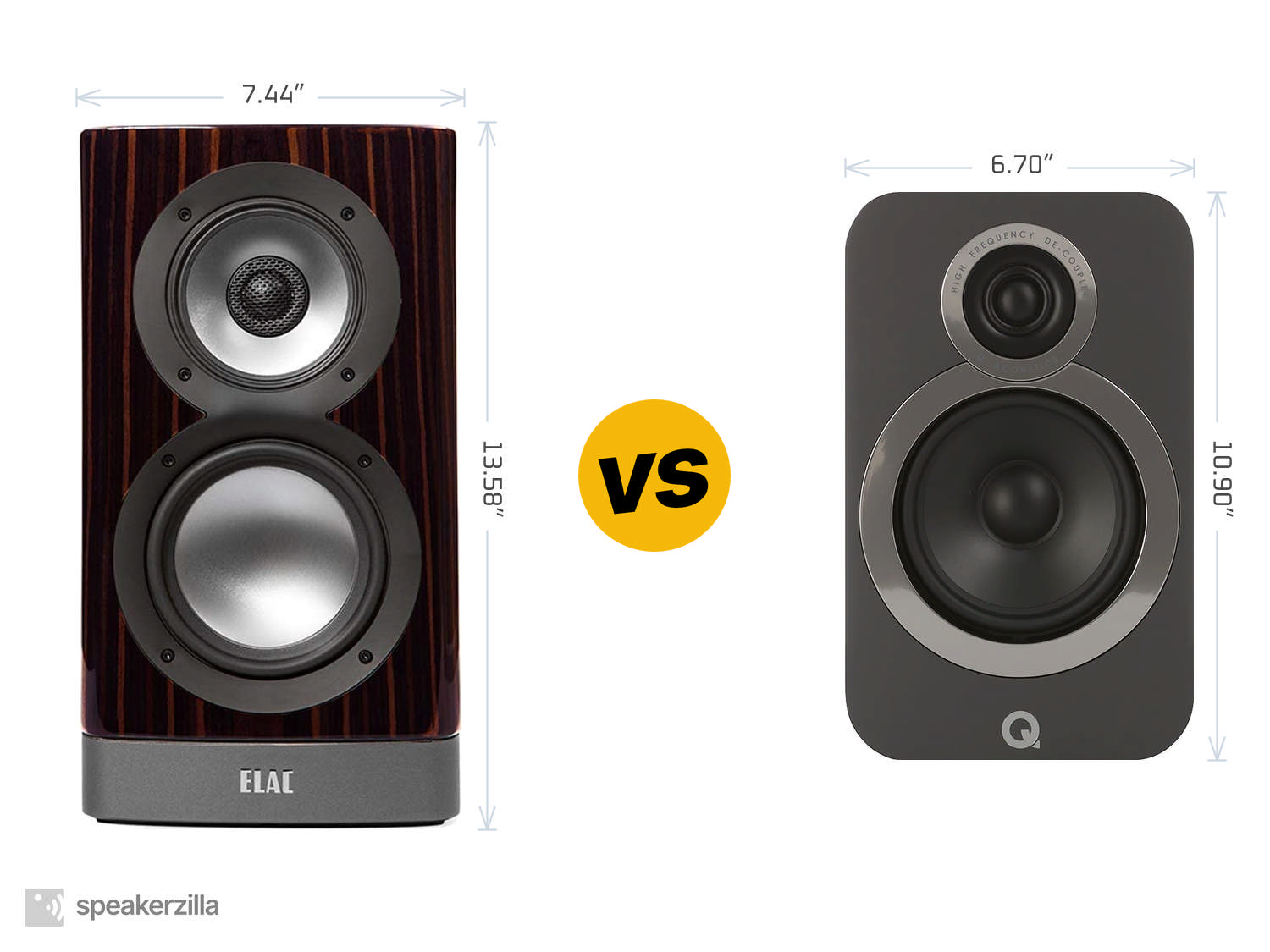
| ELAC ARB51 Navis Powered Bookshelf Speakers | Q Acoustics 3020i Bookshelf Speakers |
| MSRP | |
| $2000 | $450 |
| Dimensions (H × W × D) | |
|
13.58” × 7.44” × 9.45” 345mm × 189mm × 240mm |
10.90” × 6.70” × 11.00” 277mm × 170mm × 279mm |
| Power Type | |
| Powered | Passive |
| Frequency Response | |
| 44-28,000 Hz | 64-30,000 Hz |
| ASR Score | |
| n/a | 4.0 |
| ASR Score w/Subwoofer | |
| n/a | 6.4 |
|
Amazon.com
|
Amazon.com
|
Key Takeaways
TLDR Summary: In the high-fidelity arena, the ELAC ARB51 Navis and Q Acoustics 3020i serve distinct audiences. The Navis champions self-contained sophistication with its tri-amp configuration, delivering precise, room-filling sound that's both accurate and dynamic. On the other hand, the 3020i, while passive, punches above its class with a warm and expansive soundscape that belies its compact frame. While the Navis demands a premium for its audiophile-grade internals and wireless capabilities, the 3020i stands as an accessible entry point for enthusiasts looking to extract exceptional performance from a modestly priced, traditional bookshelf speaker setup.
Speaker Comparison
When we dive into the world of audiophilia, the pursuit of pristine sound often leads us to the great debate of powered versus passive speakers. Take the ELAC ARB51 Navis Powered Bookshelf Speakers and the Q Acoustics 3020i Bookshelf Speakers, for instance. These two contenders in the arena of sound reproduction couldn't be more different in their approach to delivering audio excellence. On one hand, the ELAC ARB51 is a self-contained unit with its own amplification, while the Q Acoustics 3020i relies on the external amplification to bring its drivers to life.
The ELAC ARB51 Navis is a testament to modern speaker design, merging the convenience of an all-in-one system with the high fidelity previously reserved for separate components. It spares you the need for an external amplifier, which for the uninitiated or space-conscious audiophile, is a significant plus. The ARB51's built-in amplifiers are tailored specifically to its drivers, ensuring a synergy that can be difficult to match with separate components without meticulous pairing and tuning.
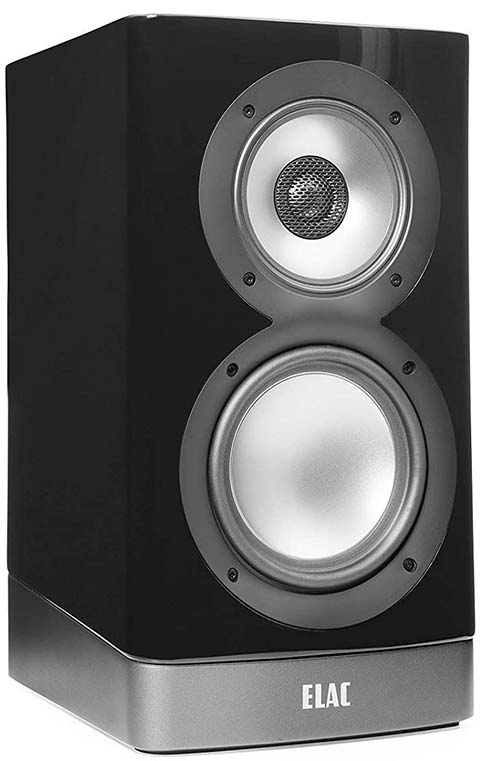
 (at Amazon.com)
(at Amazon.com)Conversely, the Q Acoustics 3020i represents the classic passive speaker, a component that allows for a more customizable audio setup. With the need for external amplification, you have the freedom to select an amplifier that suits your taste, budget, and other system components. This can either be a journey of discovery or a daunting task, depending on your level of expertise and enthusiasm for hi-fi system tweaking.
Design and Build
Design-wise, the ELAC ARB51 boasts a sleek, modern aesthetic that feels at home in any contemporary living space. Its build quality is robust, with a no-compromise approach to materials that ensures the speaker not only looks good but feels solid too. The ELAC team has gone to great lengths to eliminate any resonance from the cabinet, allowing the drivers to perform at their peak without interference from the enclosure.
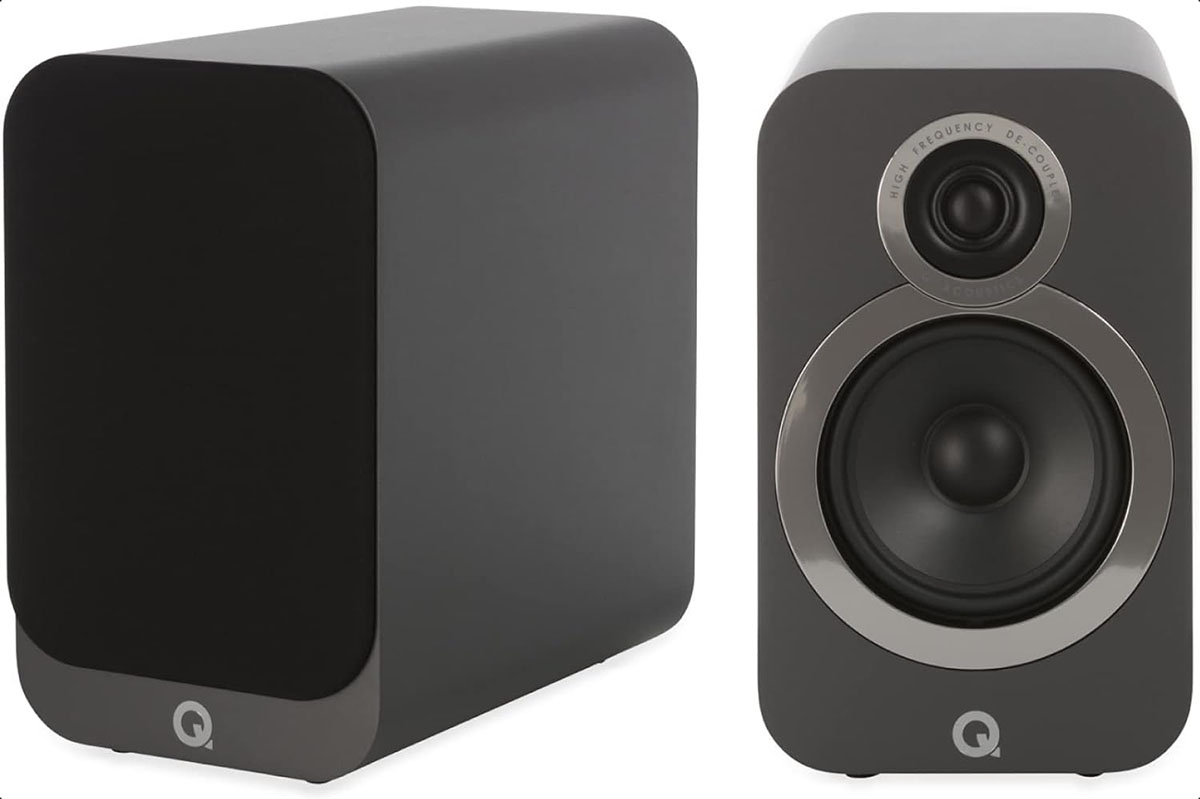
 (at Amazon.com)
(at Amazon.com)In contrast, the Q Acoustics 3020i carries a more classic bookshelf speaker look with its rounded edges and minimalist front. The build quality is commendable for its price point, with attention to detail that provides a solid, resonance-free cabinet. Though not as flashy as the ELAC, the 3020i holds its own in terms of design simplicity and elegance.
Compare to similar speakers
Sound Quality
When it comes to the actual audio performance, the ELAC ARB51 impresses with its clarity and precision. The soundstage is expansive, creating an immersive listening experience that few powered speakers can emulate. The bass is tight and controlled, the mids are articulate, and the highs are crisp without being harsh. It’s a well-balanced sound that appeals to those seeking accuracy and detail in their music reproduction.
The Q Acoustics 3020i might not have the same level of sonic finesse as the ELAC, but it holds a warm and inviting sound signature that is very forgiving and enjoyable with a wide variety of music genres. The soundstage is not as wide but still remarkably good for a speaker of its class. Bass response is surprisingly deep for its size, though not as controlled as the ELAC, and the highs are smooth, favoring long listening sessions without fatigue.
Value and Verdict
In terms of value, the ELAC ARB51 is undoubtedly an investment, reflecting its high-end design and outstanding performance. It’s a speaker that will satisfy those looking for an audiophile experience without the clutter of additional components. For the discerning listener who values simplicity without sacrificing quality, the ARB51 is a compelling choice.
Meanwhile, the Q Acoustics 3020i offers exceptional value for money. It's an accessible entry point into high-fidelity sound for those on a tighter budget or those who prefer the customizable path of passive speakers. If you're starting your hi-fi journey or looking to upgrade from an entry-level setup, the 3020i merits serious consideration.
In conclusion, the ELAC ARB51 and Q Acoustics 3020i cater to different audiences within the audio enthusiast community. The ARB51 is for the purist wanting a refined, all-in-one solution, while the 3020i is for the hobbyist who enjoys the process of component selection. Both are excellent in their respective rights, but your final decision will hinge on what you value most in your listening experience.
- ELAC ARB51 Navis reviews and FAQs
- Q Acoustics 3020i reviews and FAQs
Check Current Prices: |
|
|
Amazon.com
|
Amazon.com
|
Affiliate Disclosure: As an Amazon Associate, we earn from qualifying purchases.
